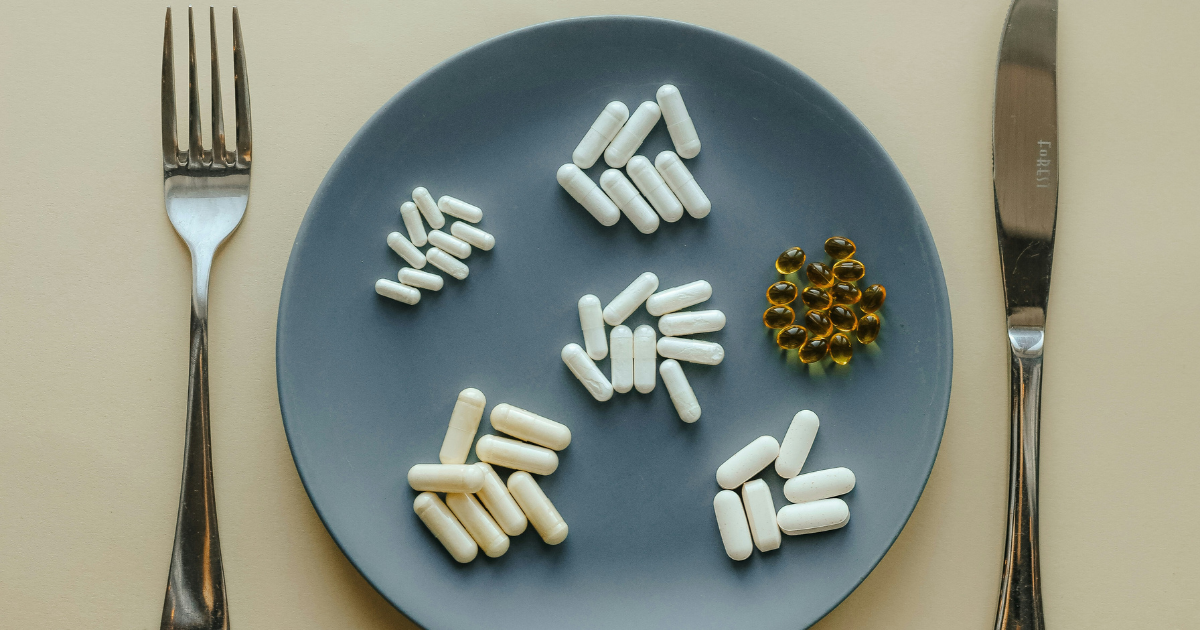
Welcome back. That shoulder that clicks every time you raise your arm. That knee that aches after every run. That muscle tear that just won't fully heal no matter what you try. You've done the rest, ice, physical therapy, expensive treatments—maybe even considered surgery. But what if the solution isn't cutting you open or masking the pain? What if it's teaching your body to heal the way it did when you were 16?
1. The Science - How these peptides actually accelerate healing in your body
2. The Evidence - What studies show about TB-500 and BPC-157
3. The Practice - How people use them and why you need professional guidance
THE SCIENCE
Meet Your Body's Potential Healing Accelerators

Your body already makes peptides that orchestrate healing. The problem? As you age, production drops and your natural repair system slows down. That's where TB-500 and BPC-157 come in.
TB-500: The Construction Crew Supervisor
TB-500 is a synthetic version of Thymosin Beta-4, a peptide your thymus gland naturally produces. Think of it as your body's construction foreman—it doesn't just patch things up, it coordinates the entire repair operation.
Here's what's happening: TB-500 cranks up blood vessel formation and directs healing cells exactly where they need to go. It's like having GPS for your recovery cells, telling them the fastest route to injured tissue.
BPC-157: The Gut-Born Regenerator
BPC-157 comes from a protective protein naturally found in your stomach acid. It's earned the nickname "Body Protective Compound" because it seems particularly gifted at handling stubborn soft-tissue injuries that conventional treatment struggles with.
What makes it special: BPC-157 boosts growth hormone receptor activity in injured tissue and improves blood flow to damaged areas. It's also remarkably stable in stomach acid, which is why it works when taken orally.
Both peptides essentially supercharge your body's natural healing process—but they work through your existing pathways, not against them.
THE EVIDENCE
What Animal Studies Show

The research on these peptides is promising but mostly comes from animal studies:
TB-500 Results: Multiple studies show injured animals heal significantly faster with TB-500 treatment. Blood vessel formation increases, cell migration to injury sites improves, and overall wound healing accelerates—even in diabetic and aged animals where healing is normally slower.
BPC-157 Results: Extensive animal studies demonstrate accelerated healing across multiple tissue types: muscles, tendons, ligaments, and gastrointestinal tissue. The consistency of positive results across different injury types is what catches researchers' attention.
Here's where it gets more limited:
TB-500: Virtually no published human studies exist for injury recovery specifically. However, its parent compound (Thymosin Beta-4) has been tested in human trials for wound healing, showing accelerated recovery rates.
BPC-157: Has been used in human trials for ulcerative colitis and multiple sclerosis with no reported toxicity. But published human studies specifically for musculoskeletal injuries are extremely limited—most evidence comes from anecdotal reports.
THE HONEST ASSESSMENT
The biological mechanisms make sense, and animal studies are encouraging. But we're still in early stages of understanding these compounds in humans for injury recovery. Most evidence comes from user reports rather than controlled human trials.
This doesn't dismiss the potential—it just means expectations should be grounded in what we actually know versus what we hope might be true.
THE PRACTICAL GUIDE
The Practical Guide—What You Need to Know

Delivery Methods:
TB-500: Subcutaneous injections (most common)
BPC-157: Both injections and oral capsules (injections may be more effective)
Typical Protocols:
TB-500: 4-5mg per week for 4-6 weeks as a "loading phase," then maintenance dosing
BPC-157: 250-500mcg daily, though optimal human dosing remains undetermined
What Users Report:
Faster recovery from workouts and injuries
Reduced pain and inflammation
Improved mobility in problem areas
Better sleep quality during recovery
The Safety Reality
BPC-157: Shows minimal side effects in the limited human study that exists, primarily for gastrointestinal conditions.
TB-500: No published human safety data exists. There are theoretical concerns about growth factor stimulation and potential cancer risks that require more investigation.
Long-term safety data in humans is very limited for both compounds.
Why Professional Guidance Isn't Optional
Given their experimental nature, using these peptides without medical supervision is risky. If you're considering this route after exhausting conventional options, work with:
Functional Medicine and Wellness Clinics: Often have specialists experienced in peptide therapy who understand proper protocols, monitoring, and safety considerations.
Sports Medicine Clinics: Practitioners may be more familiar with injury recovery peptides and can provide tailored approaches for athletic performance and recovery.
These professionals can assess whether you're a candidate, ensure proper dosing, monitor for side effects, and integrate peptide therapy with other treatments safely.
Labs Worth Running
Before starting any peptide protocol:
Complete blood count (CBC) - Baseline health markers
Comprehensive metabolic panel - Kidney and liver function
Inflammatory markers (CRP, ESR) - Track inflammation changes
Growth hormone and IGF-1 - Since peptides may affect these pathways
Cost Reality
Quality peptides aren't cheap:
TB-500: $200-400 per month for typical protocols
BPC-157: $150-300 per month depending on dosing
Medical supervision: $200-500 for initial consultation
Factor in ongoing monitoring and lab work when budgeting.
TB-500 and BPC-157 represent interesting frontiers in injury recovery. The mechanisms make biological sense, animal studies are encouraging, and user reports are often positive.
However, they remain experimental compounds with limited long-term human safety data. They should only be considered after conventional treatments have failed, and only under qualified medical supervision.
If you're dealing with a chronic injury that won't heal, start with proven approaches: sports medicine specialists, physical therapy, advanced imaging, and evidence-based treatments. If conventional medicine has been exhausted and you're considering experimental options, do so with professional guidance and realistic expectations.
Your injury might be stubborn, but healing is possible—whether through conventional medicine or cutting-edge approaches like these peptides.
Cobalt News is written and reviewed by the Cobalt Researchers. Please reply with any feedback!




